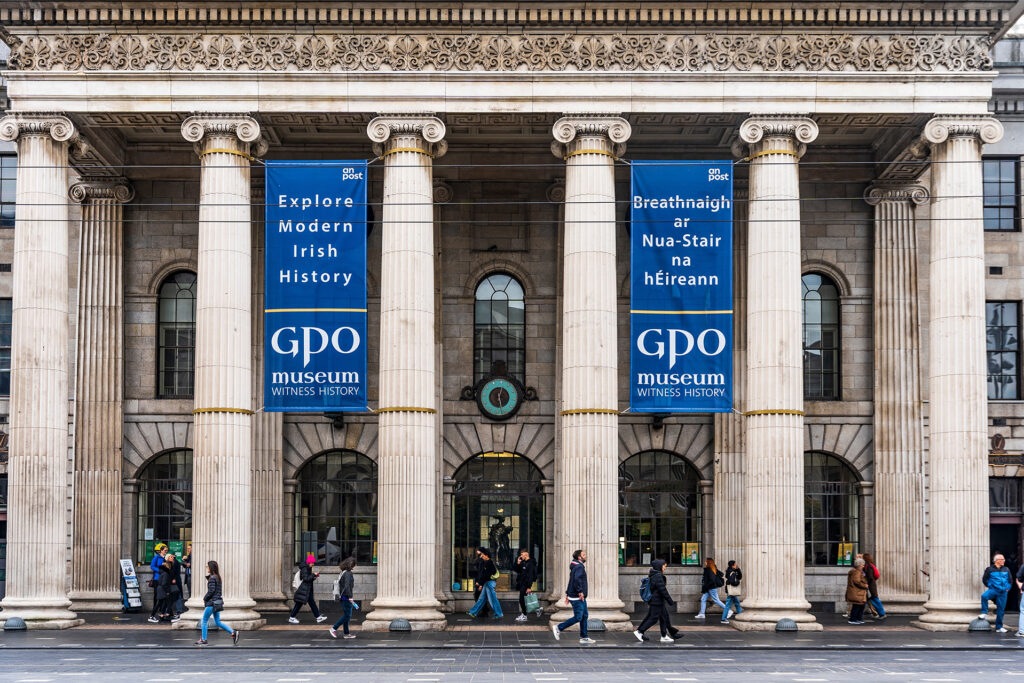
The Irish have long had issues with the British and their occupation of the country. From the Anglo-Norman invasion in the 12th century to the Plantations (colonizing Ireland in staged areas) in the 16th and 17th centuries, the English had been attacking and suppressing the Irish people for hundreds of years. Numerous rebellions took place during this time, with 1798 being one of the biggest. Roughly fifty years later, a blight (disease) on the potato crop of Europe, coupled with the exporting of most other fresh crops, saw the Irish population drop significantly at the hands of what many now believe was an attempted genocide by the occupying British forces. The language, culture (including our Gaelic games), and religion were made illegal over the period of British occupation, and eventually everything reached a boiling point; “A climax or crisis; a high degree of fury, excitement, or outrage.” (Dictionary.com)
(Side note: during the period of famine in Ireland, the Ottoman Sultan Abdülmecit, from modern day Türkiye, provided 1,000 Pounds of financial aid to Ireland, with the aid resulting in the permanent changing of Drogheda United F.C.’s emblem to include the star and crescent as a way of thanks for the support al those years ago.)
Fast forward to 1916. The Irish republican forces had been gearing up and preparing for a rebellion on Easter weekend, with forces all over the country arming themselves to fight the British occupiers, whose numbers had been depleted due to the ongoing conflict in Europe during WW1. Tragedy struck, however, when a shipment of weapons was intercepted, leading many to panic, and some groups involved to cancel their involvement. The rising on Easter Sunday was, effectively, postponed. Determined leaders in Dublin, including Patrick Pearse and James Connolly (yes, they are the people that the two train stations, amongst other things, are named after), insisted that the fight go on, with little over a thousand men and women getting involved in the fighting, primarily in Dublin. Rebels occupied many buildings in Dublin, including the GPO (General Post Office) on O’Connell Street, and presented the Proclamation of the Irish Republic, which declared Ireland’s independence from Britain.

Ultimately, the rebellion failed. Many of the Irish leaders were executed in Dublin’s Kilmainham Gaol (pronounced as jail), including Pearse, the leader of the whole thing.
Why is any of this important if it was a failure?
The Irish tried again, avoiding fighting wherever possible, to gain independence, with civil war in 1922-23 being the result of a difference in opinion between the Irish people; some felt that the surrender of the six counties (Northern Ireland) was an unfair compromise. Ireland was, however, independent from December 6th 1921, and created a new constitution in 1937, largely down to the sacrifices made in 1916 Easter Rising.
If you’d like to learn more about this part of Ireland’s history, check out 여기 to arrange a trip to the GPO on O’Connell Street.
